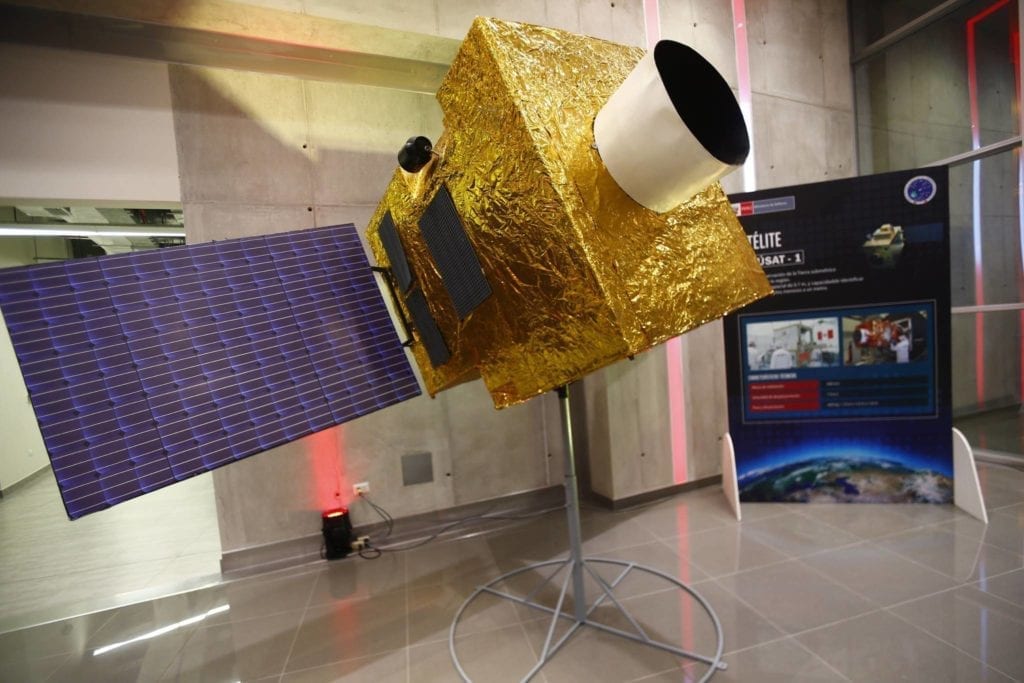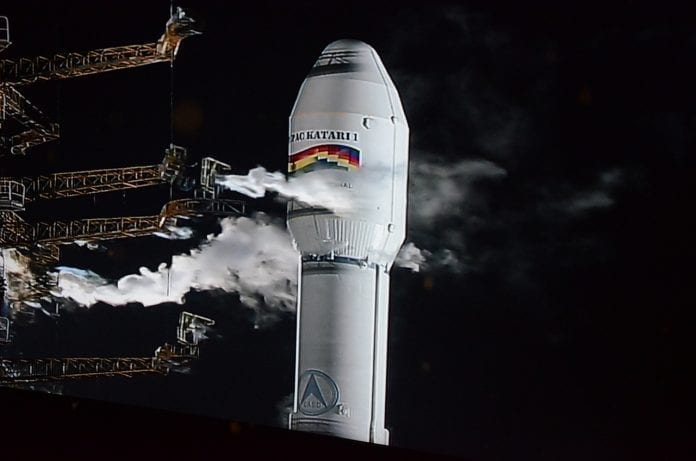On October 9, the press service of the Argentine Foreign Ministry announced that Argentina and Mexico are starting work on the creation of a Regional Space Agency for Latin America and the Caribbean. What prospects does such an ambitious project promise? How does Latin America intend to “reach the stars”?
Turning to the history of the “star” question, it is worth remembering that historically, the USSR and the USA were considered the leaders in space exploration. Since the beginning of the 2000s other countries, for example, China, also joined this race. In recent years, the exploration of the Moon remains one of the most attractive directions.
At the end of May 2019, the US Vice President Mike Pence (Michael Richard “Mike” Pence) announced a new space program, the main goal of which is to train the crew for flight to the Earth satellite. As noted by Pence, a woman may be included in the crew.
As for the PRC, so far the achievements and ambitions of Beijing in this area are more modest. In 2013, China managed to repeat the Soviet space expedition in 1957, however, the mission went through with complications. When landing on the moon, the Chinese satellite was damaged. The Chinese government is planning its next attempt in 2036. Beijing intends to carry out its first manned flight to the moon.

Model of the first satellite of Peru “PeruSat-1”. Source: Diario Digital Nuestro País.
In the past few years, Latin American countries have also become active participants in space research. Now, Argentina, Mexico and Brazil are the leading space countries in the region, however, for example, Peru and Venezuela are already “breathing down their heads”. In September 2016, as part of the “PeruSat-1” program, Peru was able to launch its first observation satellite into orbit. With the launch of the first satellite, the government has initiated a search for international partners to improve the quality and coverage of Earth observations. The launched Peruvian apparatus became the most powerful in the region.
Argentina, Brazil and Mexico are still considered leaders in Latin America and have come a long “way to the stars”. In October 2014, the Argentines successfully launched their first telecommunications satellite, “ArSat-1”. In early August this year, the Framework Agreement on Cooperation in Space Activities between the Governments of Argentina and China entered into force. The signing of this document provides for cooperation between the national space agencies: the National Space Commission of Argentina (Spanish – Comisión Nacional de Actividades Espaciales de Argentina, CONAE) and the China National Space Administration (CNSA). It is assumed that scientists from the two states will share the results of research and experience in the space sector. Another of the points of this agreement is to obtain permission for the Chinese side to build a station for deep space exploration in the western province of Argentina, Neuquén. Negotiations on cooperation between Argentina and the PRC in space began in 2012, when Cristina Kirchner (Spanish – Cristina Elisabet Fernández de Kirchner) held the post of President of the Latin American country. Nevertheless, they “stalled” under the subsequent President Mauricio Macri, and again successfully resumed after the victory of Alberto Fernandez (Spanish – Alberto Ángel Fernández) in the 2019 presidential election.
In turn, the Brazilians already have advanced technology at their disposal, thanks in large part to their cooperation with China in the field of Earth observation. It is worth noting that in Brazil, in addition to infrastructure, there is a critical mass of specialists and specialized scientists in the field of space research, which is a fundamental factor in the development of the Latin American country in this area.
Today, Latin American countries are not trying to compete with each other. Their fundamental goal in the field of space research is mutually beneficial cooperation, both in the regional and international dimensions. One example is the interaction between Venezuela and China, which are working on a line of telecommunications devices. Earlier, Chinese specialists developed and launched a satellite for Venezuelans. The first Venezuelan satellite, “Simon Bolívar”, created on the DFH-4 platform, was launched into orbit in October 2008.
For example, Mexico has been using satellite surveillance for several decades. The Mexicans have a station that receives images of the Earth’s surface from many observation satellites.

Bolivia’s first satellite “Tupac Katari” launched, December 2013. Source: Agencia Boliviana Espacial.
In 2010, Bolivia announced the creation of a national space agency, whose main task was to create and launch into orbit the first satellite of this Latin American country. In December 2013, Bolivia launched its first satellite, “TKSat-1”. The Bolivian satellite was launched from China in the presence of the head of state Evo Morales (Spanish – Juan Evo Morales Ayma) and was named “Tupac Katari” (Spanish – Tupac Katari), name of the leader of the indigenous Indian peoples who led the first uprising against the Spanish colonialists in the 18th century. The tests of the first Bolivian satellite lasted for 3 months, after which, in March – April 2014, it began work. In May, the Bolivian Space Agency (Spanish – Agencia Boliviana Espacial) signed a contract with the national telecommunications corporation “Entel” (Spanish – Empresa Nacional de Telecomunicaciones) for $ 302 million to load 60% of the satellite’s capacity 15 years ahead.

Argentine Foreign Minister Felipe Solá at the moment of signing the agreement on the start of work on a Regional Space Agency project, October 9, 2020. Source: Chiapas Paralelo.
The latest news regarding the approach of Latin American countries “to the stars” was the signing on October 9 of an agreement on the start of work on a Regional Space Agency project, which took place in the format of video conference with the participation of Argentine Foreign Minister Felipe Solá (Spanish – Felipe Carlos Solá) and his Mexican counterpart Marcelo Ebrard (Spanish – Marcelo Luis Ebrard Casaubón). The official statement of the press service of the Argentinean foreign ministry notes that the adoption by Mexico and Argentina of a Declaration on a regional mechanism for cooperation in the space sector is the first step towards the creation of the Space Agency of Latin America and the Caribbean (Spanish – Agencia Espacial Latinoamericana y del Caribe, ALCE). In addition, it is emphasized that this step became possible due to the agreements reached by the parties during the regional meeting on space exploration held on July 2. In turn, the parties also committed themselves to inviting other countries in the region to join the Declaration and, thus, move towards achieving the main goal at the regional level.
In summary, it is worth noting that while the United States, Asian and European countries are now investing much more resources in space exploration, Latin America has already significantly expanded its presence in space. Nevertheless, the main problem of the region in this area is that most of the money for space exploration “comes” from the state budget. Over the past couple of years, Latin American countries have been striving to create maximum conditions for the admission of private companies to the market in order to develop their own technologies and national know-how faster and more efficiently, instead of purchasing them abroad.


